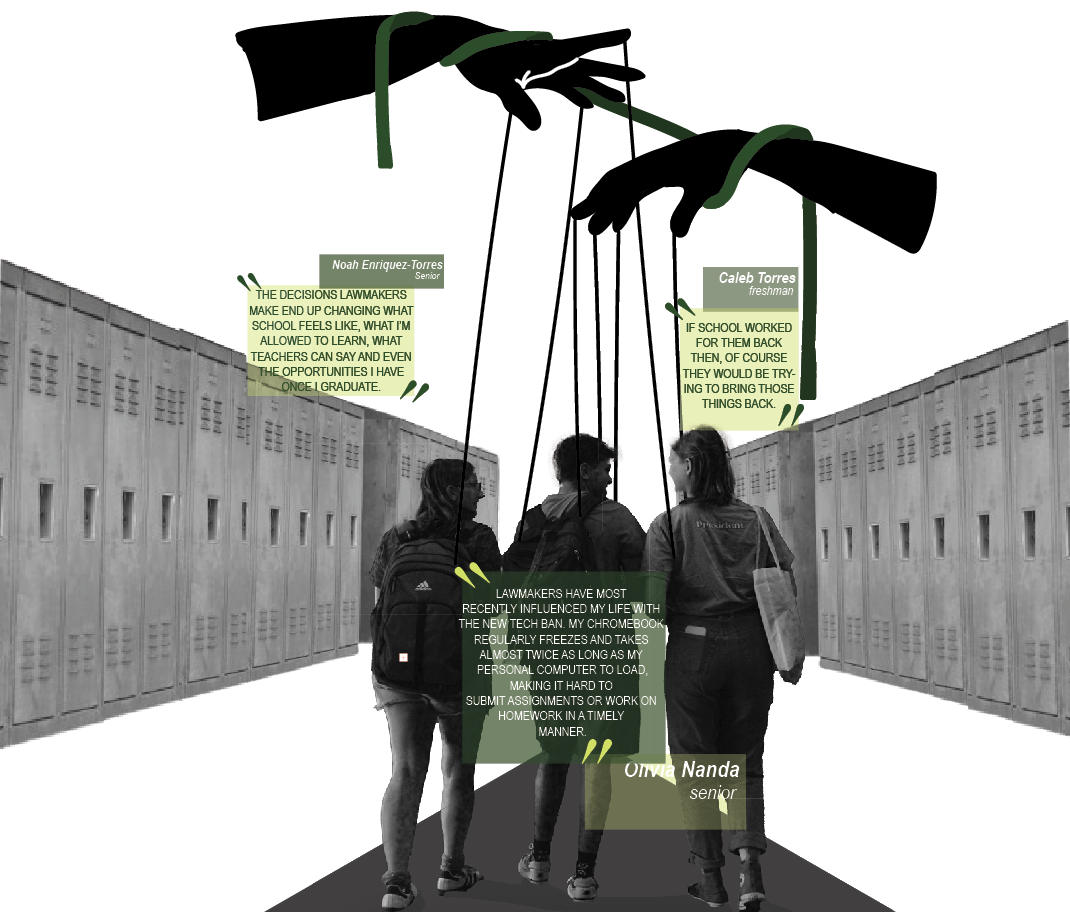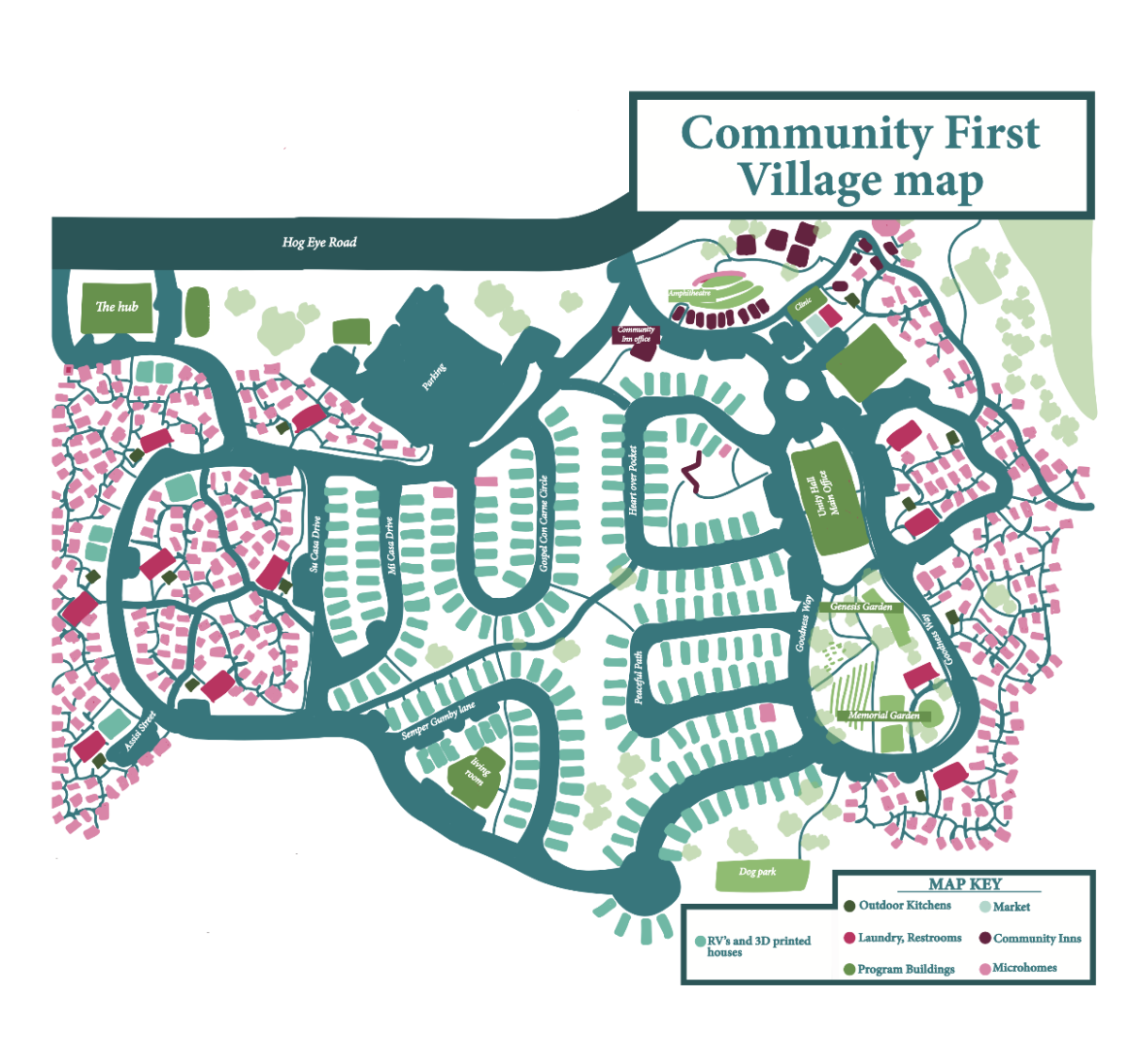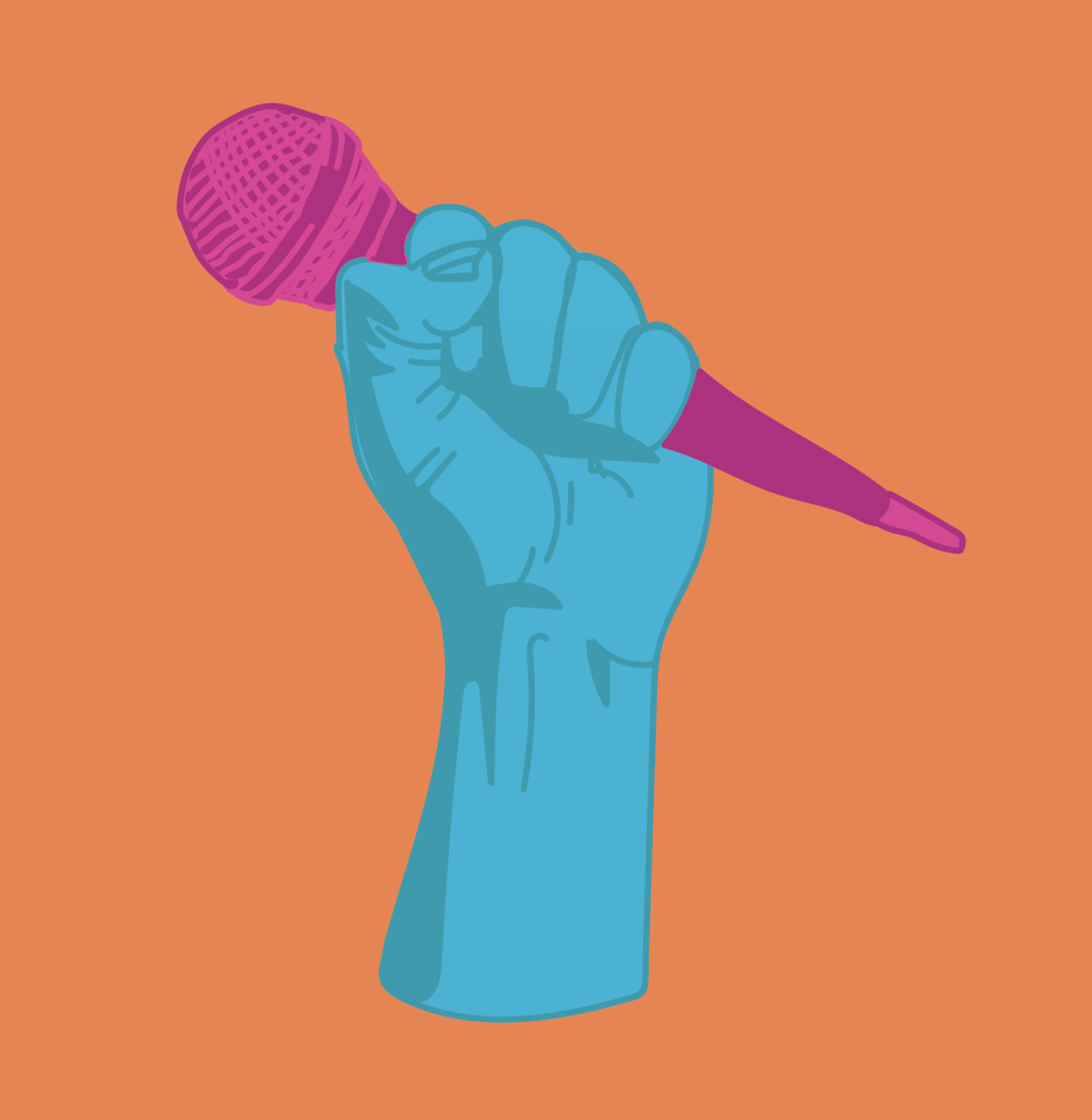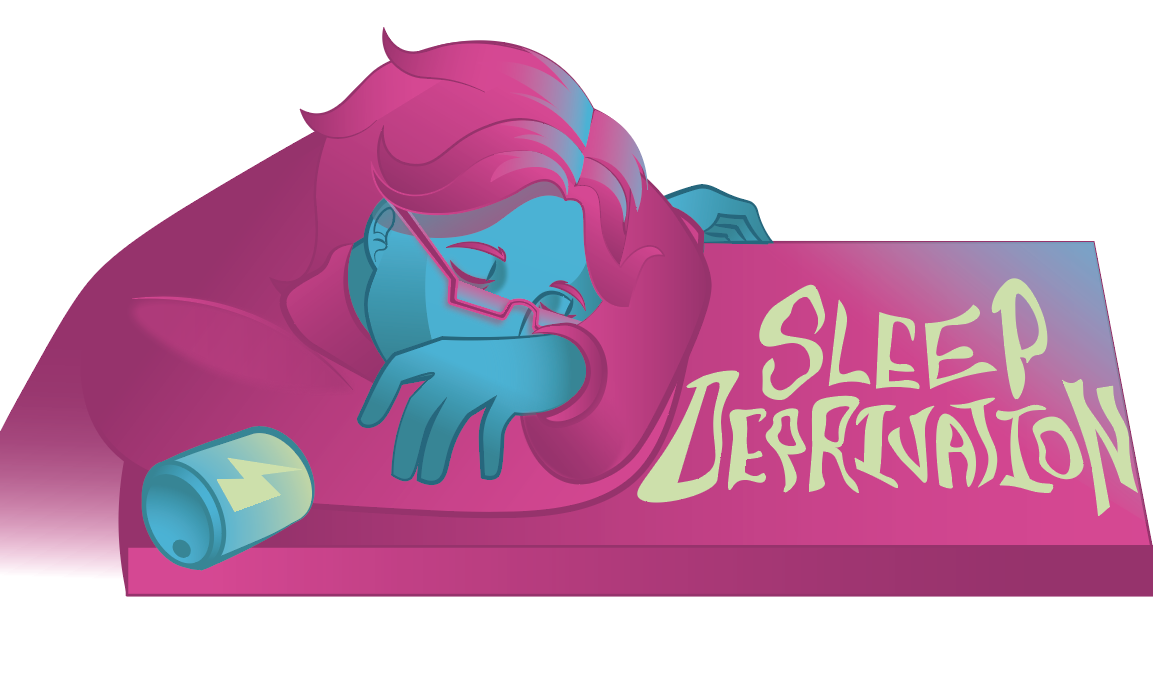Smiling high schoolers line up by the track, ready to cheer on their classmates. Whether running, walking, or rolling down the track, special education students at Bowie were able to participate in the Bowie Buddies Olympics. Bowie Buddies president, junior Sofia Flores, helped to
facilitate the event, supporting her fellow students. Many members of the Bowie Buddies club participated in the events with their buddies and routed on their team members throughout the day.
“It’s easy when you see kids with special needs to think ‘they think differently than me, or they can’t fully process what’s going on’,” Flores said. “It can be easy to think that because maybe they’re non-verbal, or don’t speak as much. They may have developmental delay, but in the end, out of every single kid I’ve met, especially through doing Bowie Buddies, none of them want to be treated like a baby. They’re still high school students and they have full consciousness, so they’re very aware of what’s going on around them and of how they’re being spoken to. It’s just that people don’t think they are.”
Explaining special education
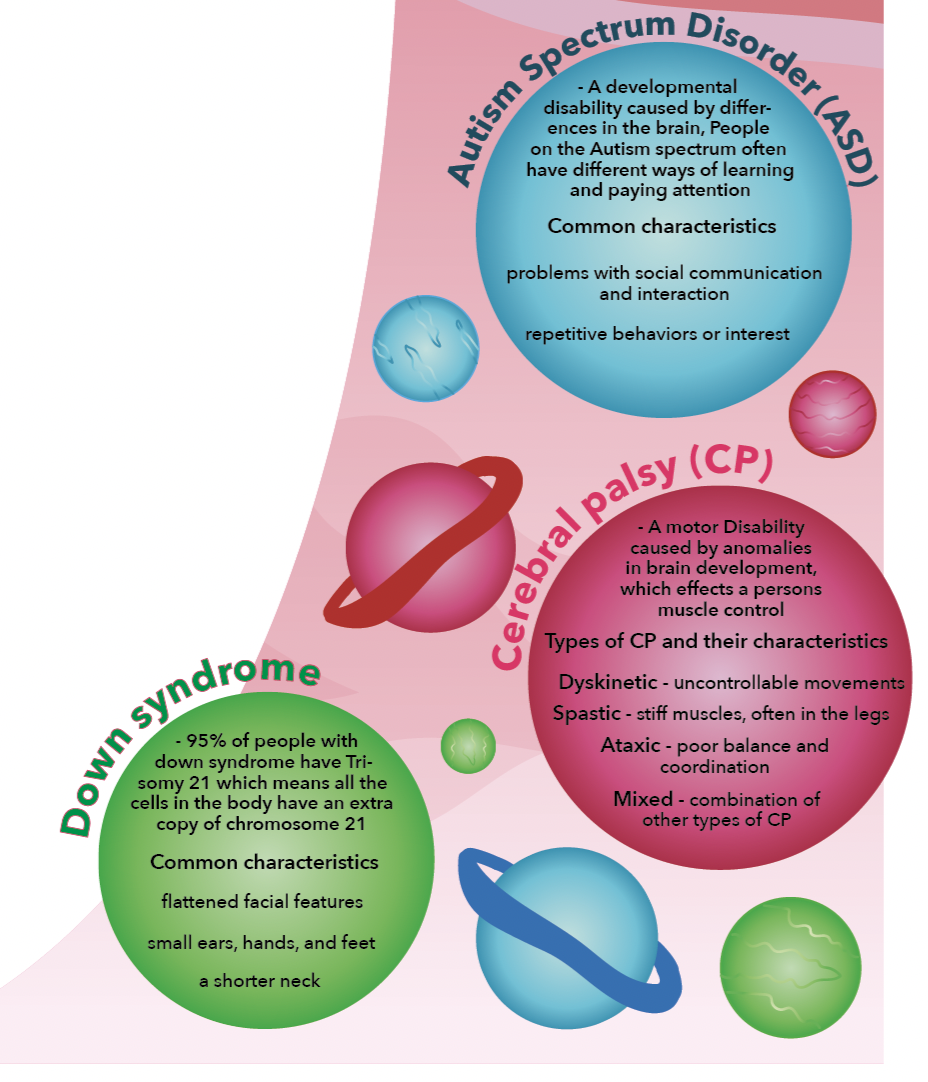
Across America, there are programs in place to help ensure that students get the support they need to learn. Special Education programs are unique to each individual to ensure that children get the specific care that they need. According to the U.S. Department of Education, the right to free special education is protected under the Individuals with Disabilities Education Act (IDEA), which was originally passed in 1975.
“The special education program is a way to bridge the gap in education,” Flores said. “Students with disabilities don’t always learn the same way we do, so special education allows these students to get what they need to be self-sufficient in life and still learn. Learning is important no matter what level you’re learning at, there’s a reason we go to school. Special education is just a way of making sure that learning is accessible to all.”
Some services that a student may receive to help fulfill their educational needs are a 504 plan or an Individualized Education Program (IEP). According to the National Center for Learning Disabilities (NCLD), to receive an IEP students must have one of the 13 disabilities listed under IDEA, and require special education services to make progress in school. Some of the disability categories listed under IDEA include visual, hearing, speech, or language impairment, emotional disturbance, Autism, and specific learning disabilities (SLD). According to NCLD, section 504 has a broader definition of disability, which is why more people may qualify.
“If, for example, someone has ADHD, but accommodations alone are able to help them do the work that they need done in a general education classroom, then they’re serviced under 504 which is the big umbrella that’s for accommodations only,” Special Education teacher Jacqueline Hooks said. “If someone needs more than accommodations, more support than just accommodations, they come to the land of special education and they’re served by an individualized education plan.”
In order to officially receive accommodations or special education services, a student must be evaluated. While parents have the right to request special education evaluation at any time, there is a specific process to determine eligibility. According to the Texas Education Agency (TEA), the special education process has five steps: referral, consent to evaluate, evaluation, determine eligibility (ARD), and development of the IEP.
“The evaluation process is lengthy and it has a lot of components to it like parent feedback, teacher feedback, student feedback,” Hooks said. “There’s multiple areas of testing that are done, especially in the early childhood setting when kids are first becoming identified. It is lengthy, but it needs to be lengthy if someone is going to be receiving services, and if those services are accurate.”
Programs and relations
Hooks was drawn to teach at Bowie because she saw the special education department was well-staffed, and helped students to receive their services. Bowie has many accommodations and programs available to students when needed, such as quiet spaces for students to work or take a break, study skills classes, a speech and language pathologist, and vocational classes.
“The fact that here at Bowie we are able to have smaller life skills classes because we are adequately staffed, that’s fantastic,” Hooks said. “There are typically multiple teachers and teaching assistants in those classrooms so that kids can get the one-on-one help that they need. These are things that are nuanced to Bowie. We also have a social behavior skills classroom where kids can go take a break, and counseling as a related service, so that kids that need extra counseling can get it. This is phenomenal.”
Bowie Buddies is a specific program at Bowie that aims to create more interaction and connection with the special education population. The group meets Fridays during FIT to bond while playing games like Uno, Candy Land, and Just Dance. The club also goes bowling every other Friday, and holds holiday parties, as well as other fun events.
“To me, in Bowie Buddies we are family,” junior Noah Dougherty said. “There’s so many nice, kind people in Bowie Buddies, and as an organization we intend to help out in whatever way we can with the special education program. Recently we had our Bowie Buddies Olympics which was really fun. Everyone was smiling and everyone was happy. It’s something that kind of helps these students come to school, because sometimes they are discriminated against, and this is something that they can look forward to in school.”
Funding and politics
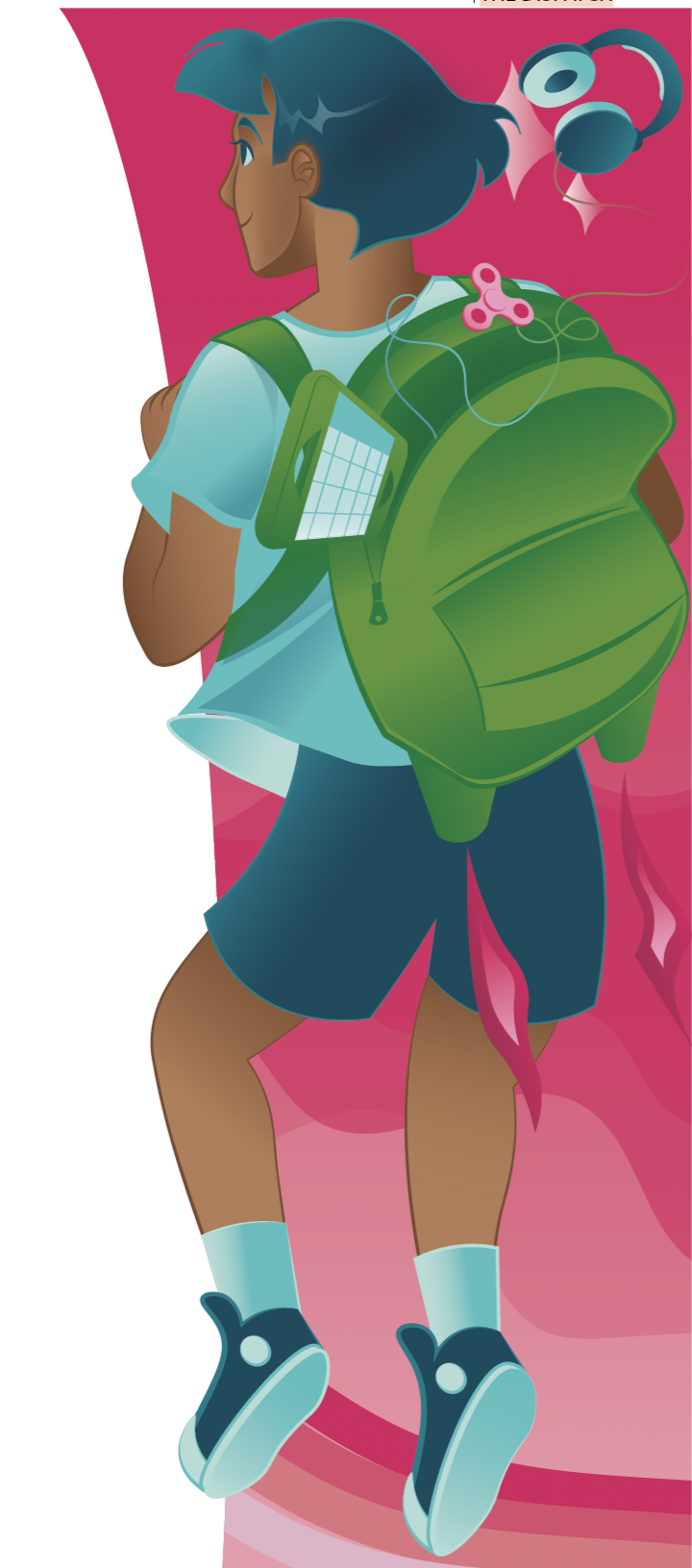
The Department of Government Efficiency (DOGE) has been making cuts to many federal agencies across the United states. One department that has faced significant cuts is the Department of Education (DoE), which the DOGE website lists as number three on the agency efficiency leader-board for most savings. According to Cal Matters, amidst funding cuts to the DoE, President Donald Trump has promised to keep special education intact, and his plan for doing so is moving it to the Department of Health and Human Services (DHHS).
“Automatically, whether we see the effects of it or not, it causes a shift in how we see special education,” Hooks said. “Pulling special education away and putting it under health and human services shifts people to a mindset that special education isn’t education. The things that are happening at the federal level will have a tremendous effect on special education. I think it causes prejudice toward people with disabilities, and I think that we will see the fallout in lack of funding and lack of teaching positions due to funding specifically in the area of special education, especially if it’s being taken away from the Department of Education.”
According to the Texas Tribune, there is a special education funding gap of about $1.7 billion between what schools are actually spending on special education services, and what the state is funding. Texas also falls below many other states in general educational funding, according to Texas AFT, Texas is the 41st ranked state for per-student public education funding, and falls below the national average for teacher salary by over $7,700.
“If students aren’t given the support they need, they can’t reach their full potential,” Texas Representative Gina Hinojosa said. “We all have a gift and potential to give, and our paths are different. It is the challenge of the public school system to provide what all our kids need. We could do it if we were fully funded, but when we’re not, kids fall through the cracks, and they have a much harder time.”
According to AP News, on Saturday May 3, Governor Greg Abbott signed off on a $1 billion school voucher program. This program allows for students seeking private school options to receive government funded vouchers to help pay for their schooling. Private schools do not have to accept special education students, and can reject students for a variety of reasons as long as they are not deemed to be discriminatory based on protected characteristics like race.
“My understanding is that money will go towards those private schools when people use vouchers, which means less money, not just for special education, but for the public schools as a whole,” special education teacher Kristin Mijares-Levy said. “Also, private schools may not have special education programs, so special education students won’t get into those schools, but there’s gonna be less money at the public schools, and that’s where the special education students will be.”
According to KXAN, under the school voucher program students can be provided $10,000 for tuition, and students with disabilities would receive a minimum of $11,500 and could qualify for up to $30,000 yearly for tuition. KXAN also reports that out of the 42 accredited private schools in Texas which specialize in serving students with disabilities and have their tuition prices posted, only three of those schools would be fully covered by a $11,500 allotment, while 26 of the schools would be fully covered by the $30,000 allotment.
“I know several kids who have done early childhood at a school for dyslexia, and I’m 100 percent behind that,” Hooks said. “However, the idea that under vouchers kids can go to schools that specialize in special education is like a separation of students with special needs from students that are typically abled, and I think that’s just never good. When we’re all together and in the same classrooms it helps general education students and special education students. It’s such a beautiful thing when we can all get past our differences and be in the same room together.”
Starting in March of 2021, AISD was in a three year long legal battle due to delays in initial evaluations for an alleged 800 students, and late triennial evaluations for about twice as many students, according to Disability Rights Texas (DRTx). As a result AISD was required to create a $4 million fund for students it failed to evaluate. Currently in Texas, House Bill 2 (HB2) is awaiting further senate consideration, following its passage from the house. According to the Texas Legislature Online the bill would establish the Special Education Full Individual and Initial Evaluation allotment which would give the district $1,000 or more for every full individual and initial evaluation done.
“My son waited over a year to be evaluated for special education,” Hinojosa said. “His teacher was the first who came to me and said, ‘I think he needs to be evaluated’. She talked to the principal, and the principal agreed. We were all on the same page, but we couldn’t get the district to evaluate him. When I called the district office they said it was a statewide problem, there were not enough professionals working for our school districts to do these evaluations. So, I ended up having to spend about $2,000 for outside, private evaluation to get my son evaluated.”
According to the Texas Legislature online, HB2 would also amend the Special Education allotment, creating weighted tiers of funding based on the intensity of service a student needs. The weight and definition for each tier would be decided by the Texas education commissioner Mike Morath.
“I think tier based funding is something that would be hard to organize and it’s important that the funding is used for each kid, and we’re not getting that extra funding for a kid with special needs, but then not putting it towards special education,” Flores said. “Those are just some concerns, but if it genuinely works out, it’s a really great idea because of equity. Tier based funding is not equal in a sense, because each kid is not getting an equal amount of funding for being here, but it’s equitable, because each kid is getting the amount that they need to be all on the same level. That’s something super great.”
Under HB2 there are also plans to generally increase funding for schools and special education. According to the Texas Tribune, the bill would increase the basic allotment of funding per student from $6,160 to $6,555, and additional sections of the bill would result in a statewide increase in the special education allotment funding from the 2024-25 school year by approximately $615 million.
“I’ve only ever been a special educator, and the burnout in special education and education is typically pretty high, but I would never switch to general education,” Hooks said. “I love special education so much. I love all the children and the families that I’ve met, and when we are adequately staffed and adequately funded in special education lives can be changed. Families can be transformed, and kids can experience success that they wouldn’t have otherwise.”



